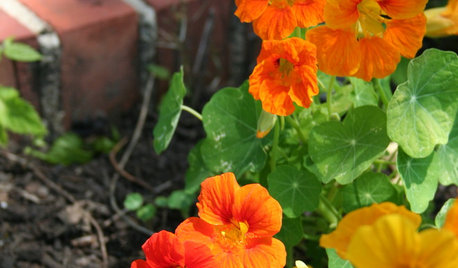Pathetic Perennials
pondwelr
16 years ago
Related Stories

FALL GARDENINGWhy Fall Is the Best Time for Planting
Spring is overrated for planting. Starting plants in autumn has advantages for both garden and gardener
Full Story
GREAT HOME PROJECTSHow to Replace Your Lawn With a Garden
New project for a new year: Lose the turfgrass for energy savings, wildlife friendliness and lower maintenance
Full Story
GREEN BUILDINGWater Sense for Big Savings
Keep dollars in your pocket and preserve a precious resource with these easy DIY strategies
Full Story
GARDENING GUIDESDon’t Let These Excuses Keep You From Gardening
Stop blaming your lack of experience, space, time and funds, and get on with the joy of garden making
Full Story
HOUSEPLANTS10 Top Plants to Grow Indoors
Brighten a room and clean the air with a houseplant that cascades artfully, stretches toward the ceiling or looks great on a wall
Full Story





justaguy2
Bob_Zn5
Related Professionals
Southfield Landscape Architects & Landscape Designers · Anderson Landscape Contractors · Arden-Arcade Landscape Contractors · Bedford Heights Landscape Contractors · Glendale Heights Landscape Contractors · Goodlettsville Landscape Contractors · New Baltimore Landscape Contractors · Pahrump Landscape Contractors · Thonotosassa Landscape Contractors · Tuscaloosa Landscape Contractors · Hempstead Carpenters · Mokena Carpenters · Orland Park Carpenters · Sugarland Run Carpenters · Tucson Carpentersaka_margo
luvtosharedivs
pondwelrOriginal Author
kimberlyk57
Hosta_Haven
pondwelrOriginal Author